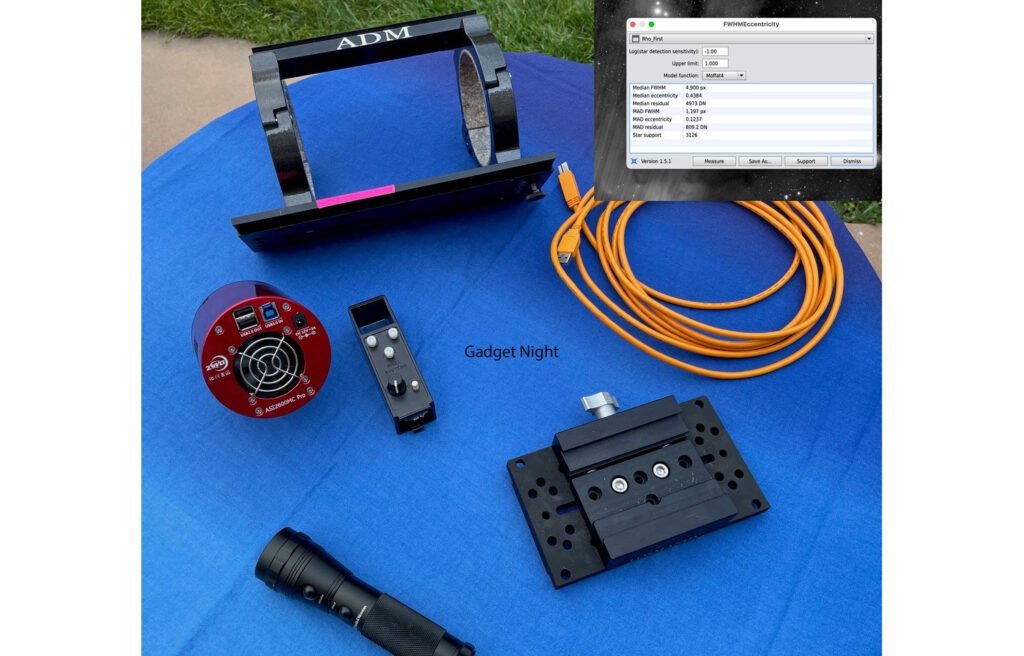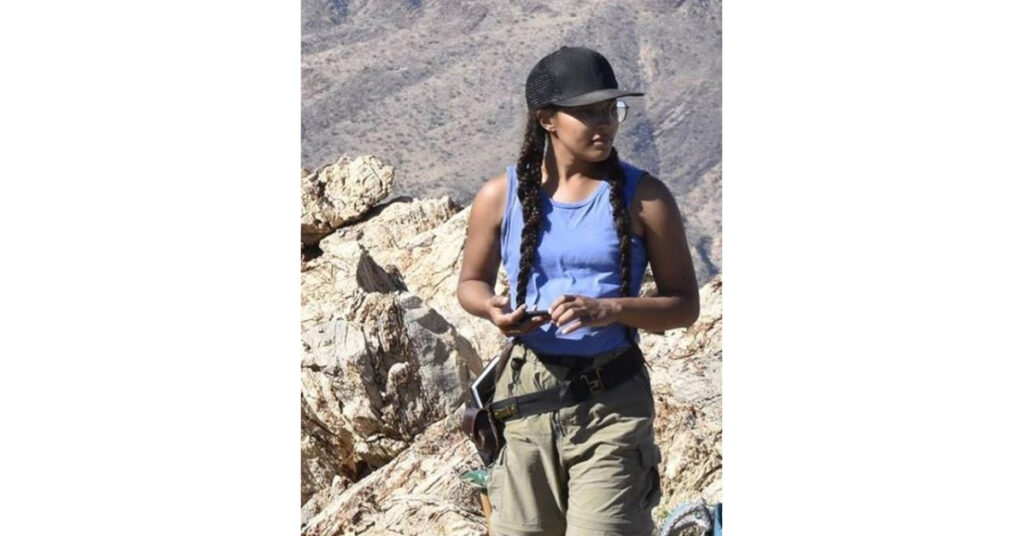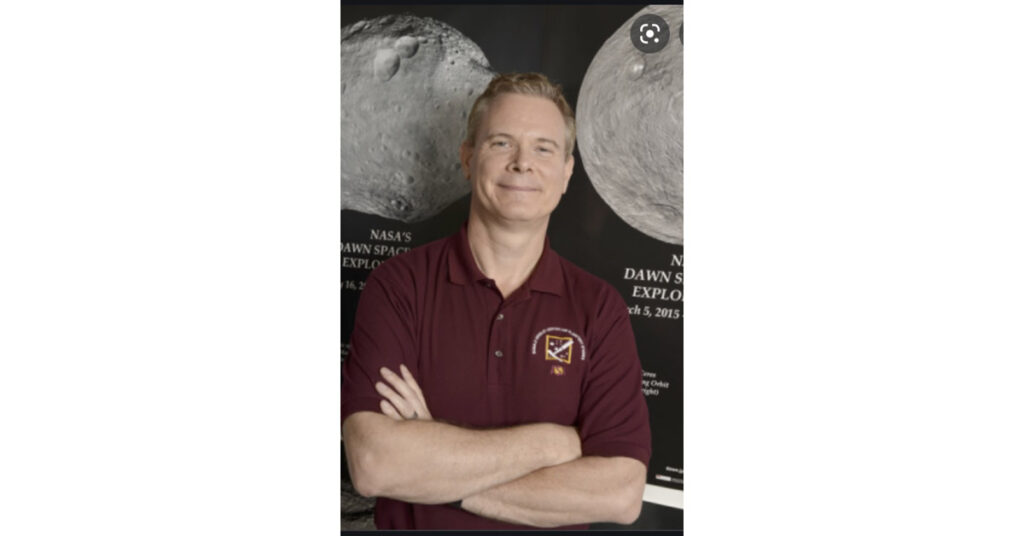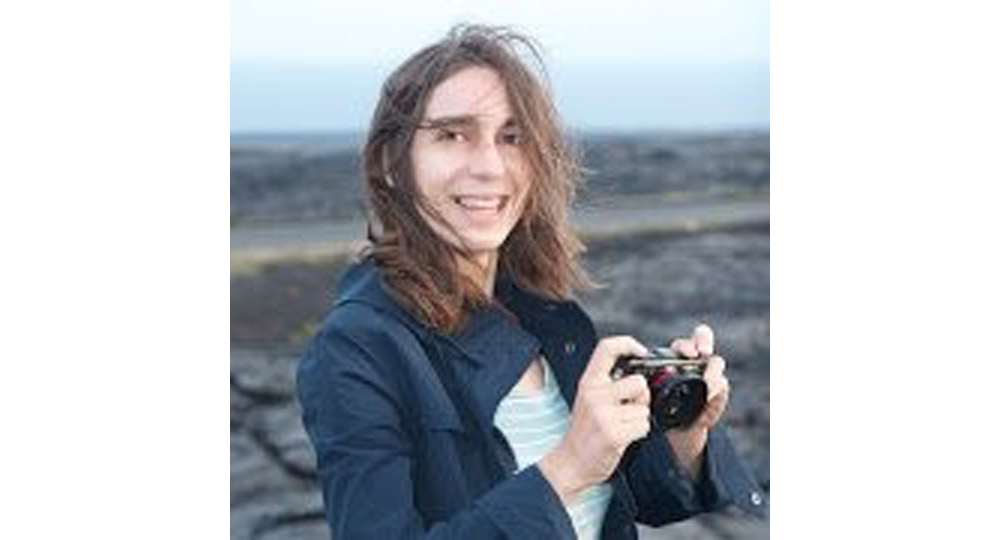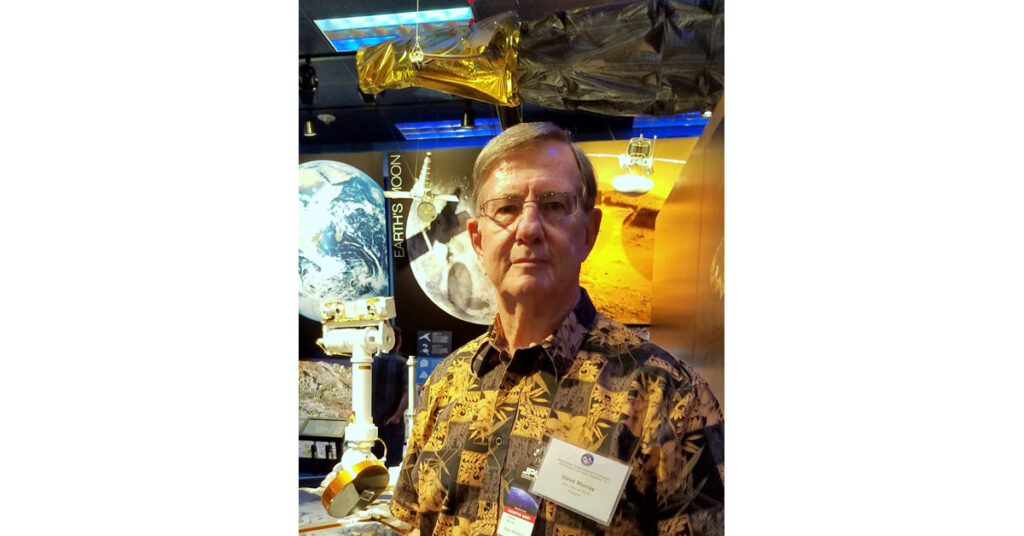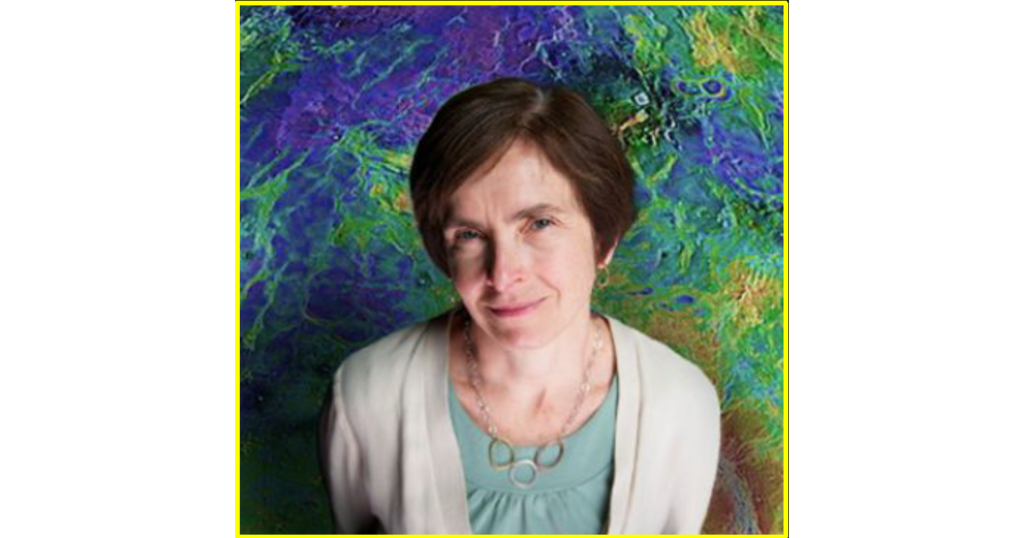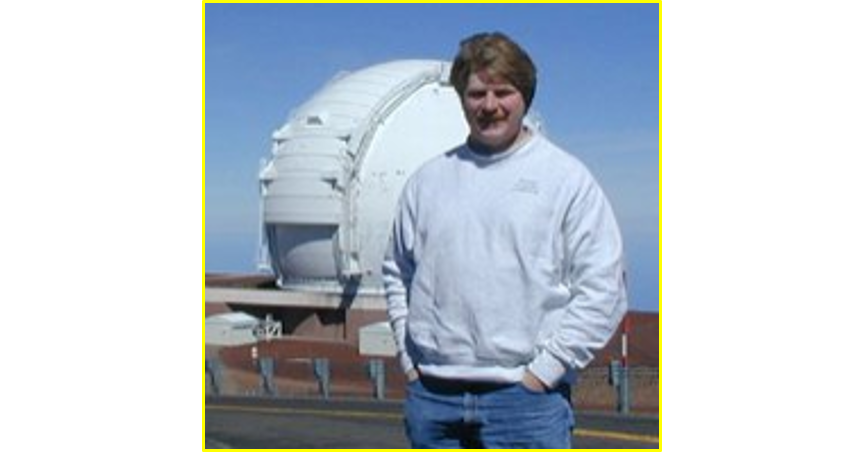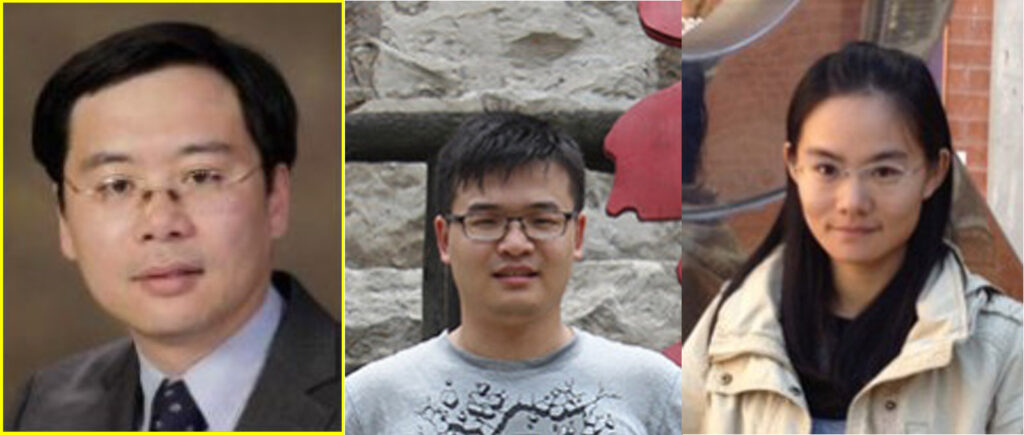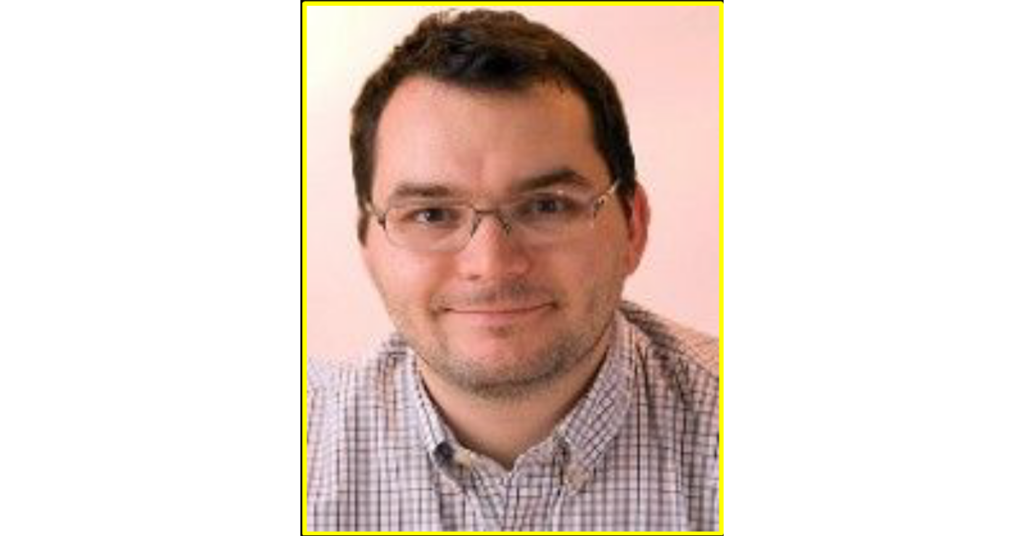Come hang out with us every month and learn something new! SDAA programs feature a wide array of speakers who share their expertise on unique and intriguing astronomy-related topics. We hold most of our meetings virtually via Zoom on the third Wednesday of every month. The meetings start at 7PM and last about one hour. We meet in-person for the March and November meetings at the Mission Trails Regional Park Visitor Center. Programs start with a few key club announcements and include information tailored to our new club members. Our featured speaker follows as the main event. Try your luck at winning SDAA club stickers with the fun astronomy quiz that closes out every meeting. Attendees are encouraged to engage and ask questions after speaker presentations. If you miss a program, you can catch the recordings on the SDAA YouTube page.
Please register in advance for the Zoom meetings at the following link. After registering, you will receive a confirmation email containing information about joining the meeting.
https://us02web.zoom.us/meeting/register/tZYkf-2rrTgsE9D7YsRX-mGVVgS_ovMJHX5B#/registration
To attend the March and November in-person meetings, head to the Mission Trails Regional Park Visitor Center at One Father Junipero Serra Trail, San Diego, CA 92119. The main gates into the park remain open for our evening meetings, however the Visitor Center doors are not unlocked until 6:30PM. Please drive through the gates and park in either of the two dirt parking lots adjacent to the Visitor Center Building. Once inside the building, head to the Auditorium. Park Rangers can be reached at 619-668-3281 and for more information visit https://mtrp.org/visitor-center/
The SDAA Board welcomes your comments on our presentations! Please contact VicePresident@sdaa.org if you have suggestions for future program topics.
November 17, 2021 Program Meeting
Topic: SDAA Elections and Gadget Night Bring your astronomy-related or imaging garage-built objects, tools, ideas, new hardware, software to share with SDAA on our traditional Gadget Night – only this year via ZOOM. This includes astro-images, views of your home or TDS observatories, videos of telescope equipment, software and neat techniques. Due to the COVID-19 pandemic, program meetings are currently being held via Zoom. You can register in…
October 20, 2021 Program Meeting
Speaker: Cecilia Sanders, California Institute of Technology Topic: You’ll Know It When You See It: Defining, Describing and Detecting Life in the Universe SDAA’s October speaker is Caltech graduate student Cecilia Sanders, a Ph.D. candidate in the Division of Geological and Planetary Sciences. She will give a presentation titled “You’ll Know It When You See It: Defining, Describing and Detecting Life in the Universe.” Her descriptions of what evidence…
September 15, 2021 Program Meeting
Speaker: Dr. David A. Williams, Arizona State University Topic: The Psyche Mission Our September speaker is Dr. David A. Williams, Ph.D., Research Professor in the School of Earth and Space Exploration at Arizona State University and the Co-Investigator and Deputy Imager lead for the NASA Psyche Mission. Dr. Williams is the Director of the Ronald Greeley Center for Planetary Studies, the NASA Regional Planetary Image Facility at ASU. He is…
August 18, 2021 Program Meeting
Speaker: Dr. Julie Castillo-Rogez, JPL planetary scientist Topic: NASA Near Earth Object Missions Our August speaker is Dr. Julie Castillo-Rogez, a JPL planetary scientist specializing in water-rich objects from a modeling and experimental perspectives applied to the formulation, design, and planning of planetary missions. She is the principal science investigator at JPL for the NEA Scout mission. Talk summary: NASA Near Earth Object Missions ongoing and in development and NEA…
July 21, 2021 Program Meeting
Speaker: Steve Murray – NASA Solar System Ambassador Topic: New Concepts in Astrobiology (Biosignature and Tech Signature Methods) Abstract: Dr. Murray discusses new techniques for finding signatures of exoplanet life An SDAA member and popular speaker, Steve Murray, a NASA Solar System Ambassador, has been a space enthusiast since the Apollo era, and counted several Space Shuttle astronauts as friends during his years flying in Navy fighters. His…
June 16, 2021 Program Meeting
Speaker: Dr. Sue Smrekar – JPL Rocky Planet Geoscientist Topic: Venus: Earth’s Evil Twin or Just Misunderstood? Abstract: Venus is becoming more attractive to scientists as technology improves for sending spacecraft to survive orbit and even descend to the surface. From orbiters to balloons, we will talk about the great science that can be done, how we can do it and what we hope to learn. You can…
May 19, 2021 Program Meeting
Speaker: Dr. Michael Ressler – Project Scientist, James Webb Space Telescope Topic: James Webb Space Telescope The James Webb Space Telescope will continue to revolutionize our study of the cosmos. Slated for launch in late 2021, Webb will look deeper than either the Hubble or Spitzer Space Telescopes at infrared wavelengths. This talk will describe Webb as a whole, with a focus on the Mid-Infrared Instrument —— a…
April 19, 2021 Program Meeting
Speakers: Dr. Xiaohui Fan, Dr. Jinyi Yang, Dr. Feige Wang Topic: The Earliest Supermassive Black Holes in the Universe A trio of astronomers from the University of Arizona’s Steward Observatory present new results: Regents’ Professor Xiaohui Fan “Discovery of the brightest quasar in the early universe”, Strittmatter Fellow Dr. Jinyi Yang “Pōniuāʻena”, the first known billion solar mass black hole at reionization”, and NASA Hubble Fellow Dr. Feige…
March 17, 2021 Program Meeting
Speaker: Dr. Daniel Apai – Steward Observatory Topic: Exoplanets / Astrobiology Dr. Daniel Apai is a recent recipient of NASA’s ICAR Astrobiology grant. This is an inaugural effort focusing on the challenging questions in astrobiology. Daniel’s research focuses on exoplanets, with a particular emphasis on habitable planets and planetary systems. Heleads large programs to understand the formation of habitable planetary systems EOS, search for giant and earth-likeexoplanets Scorpion…

